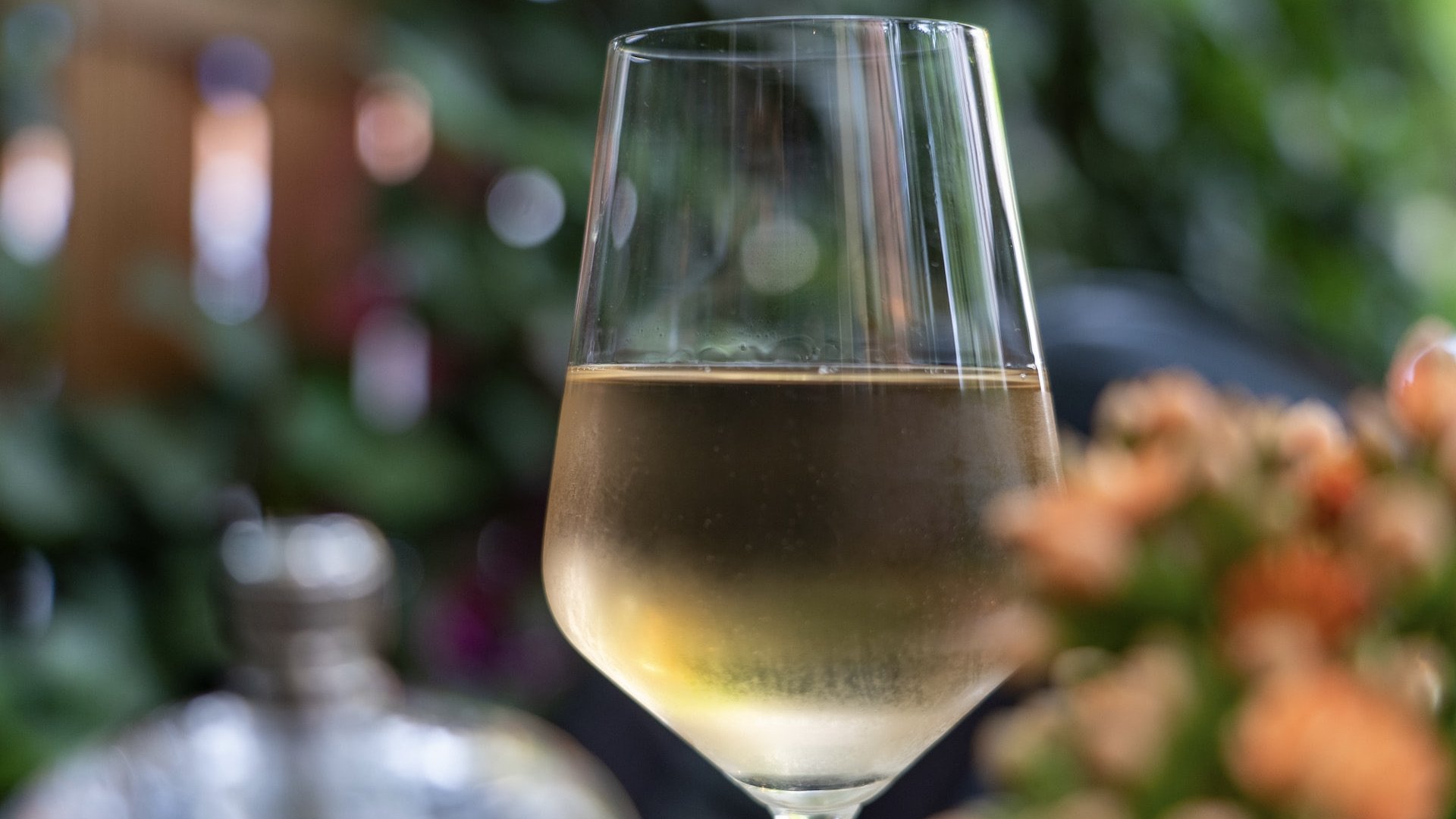THE VENETO
The Veneto produces alone, of Italy’s 20 regions, fully one-fourth of all Italian DOC and DOCG wine. Photo from Alberto Caliman on unsplash
ST.-ESTÈPHE
The Romans planted vines in St.-Estèphe, although the area did not flower commercially until the 18th century and the establishment of most of the well-known châteaux. Photo from Angell Guillèn on unsplash
ST.-ÉMILION
At 13,500 acres of vineyard (and an annual output of around 33 million bottles of red wine), St.Émilion is the largest fine winemaking area of Bordeaux.
ST.-JULIEN
Though commonly and universally known as St.-Julien, the full name of the commune is St.-Julien Beychevelle, the names of the two very small villages that tie the commune together historically. Photo from Angell Guillèn on unsplash
LANGUEDOC-ROUSSILLON
Languedoc is France’s largest single vineyard area (in fact, at 650,000 acres, the globe’s).
COMTÉ & CÔTES DU RHÔNE
Comté, like Gruyère and Beaufort, other “Alpiine” cheeses to which it is related, is a cooked-curd, pressed, and hard-aged cheese.
SMALL-PRINT CHAMPAGNE
When buying French Champagne, read the fine print. The very fine print.
SAUTERNES & BARSAC
The beneficial mold, Botrytis cinerea (the “noble rot”; in French, “pourriture noble”), affecting grapes in the Sauternes region of Bordeaux, France. Photo from Edwin on flickr.

























